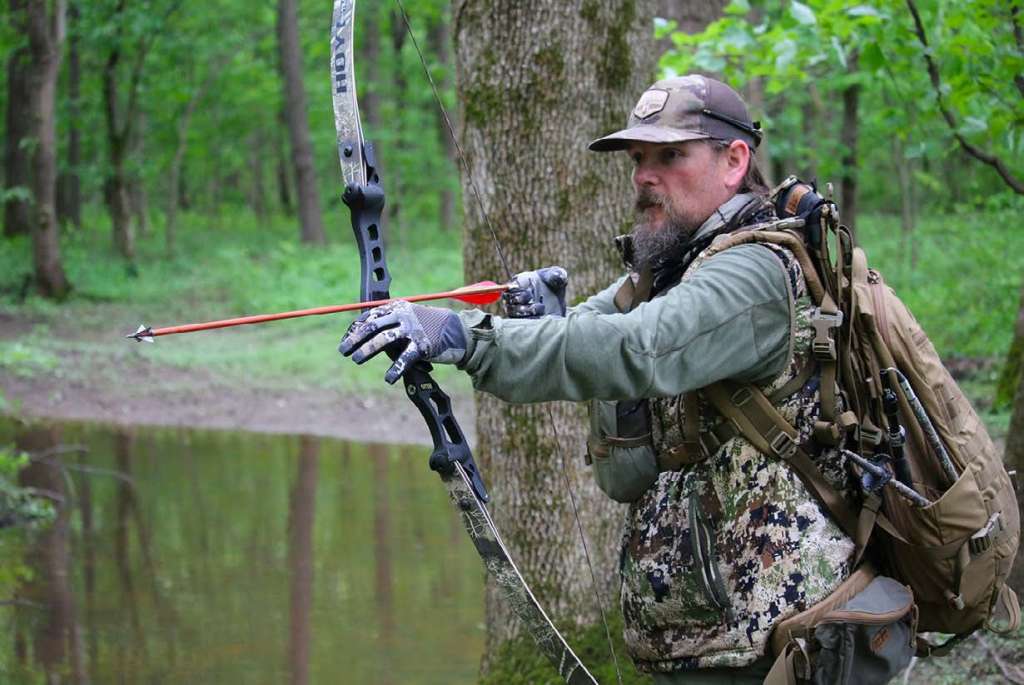These Age-Old Hunting Tactics Require You To Be Both Slow And Quick On Your Feet
Soft snowflakes flutter from the sky and land on your face. Time stands still as you slowly place one foot in front of the other, taking long pauses between each minuscule move. Hours of this monotonous activity goes on, but for you, it isn’t monotonous at all. You see nature in a way you never have before. You’re a part of it. It comes to life around you, and you come to life around it.
While treestands and ground blinds have their place, still hunting has a rich heritage. The art of moving slowly through the timber, easing along at a snail’s pace, and watching for game as you go is a tactic that few modern hunters bother to implement. But that doesn’t mean they can’t. While it does take time to master, as any skill in life does, this is definitely one worth learning.
With still hunting, you might not always fill a tag. You might not even see a deer. But if you have fun, improve as a hunter, and make it back home safely, that’s a successful hunt. A filled tag is the goal, but the time it takes to do that isn’t without significance.
With all those considerations in mind, here are the proper steps for having a great still hunt.
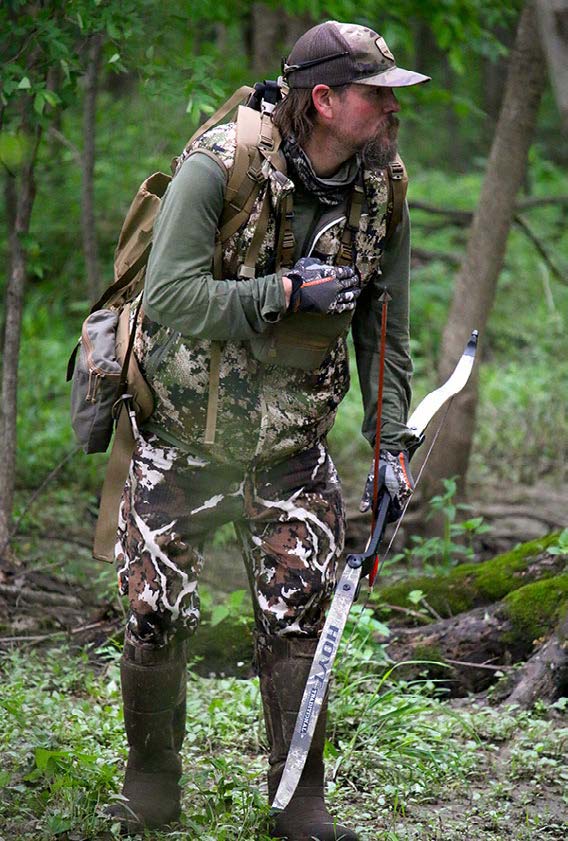
Step 1: Proper Equipment
Successful still hunting can be accomplished regardless of the gear you carry afield. If your equipment is legal and safe, that’s all that truly matters. However, certain items better accommodate this tactical approach.
First, it’s good to wear quiet clothing. A soft fleece material is perfect for quietly moving through timber. Material that makes a ruckus is more likely to alert deer and other game as you move through cover.
Also, don’t wear too many layers or those that are too warm. Wear clothing according to the temperature. That said, you’ll be moving slowly while still hunting, so staying warm is slightly easier than with stationary pursuits.
Lastly, lose the heavy, bulky gear. This will weigh you down, sap your energy, and also brings a higher risk of alerting deer because of increased sights, sounds, and smells. Take only the necessary items and leave unnecessary ones behind.
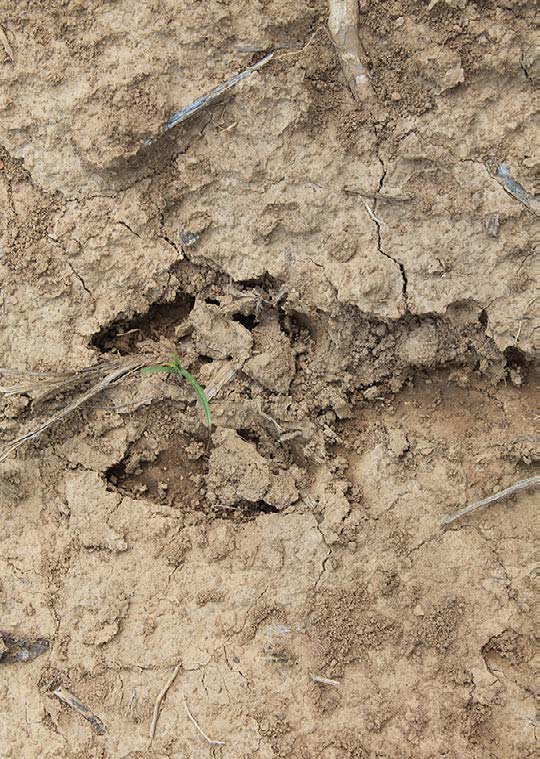
Step 2: Know When to Go
One of the most important aspects of still hunting is knowing when you should and shouldn’t go.
There’s a time for everything. Calm, silent days are the worst times to go. These conditions make it too easy. In contrast, rainy, snowy, and windy days are much more accommodating for still hunting. These conditions are conducive for still hunters who wish to remain undetected by deer and other game animals. Hunting during these times helps conceal your visibly, audibility, and can even cut down on scent—specific circumstances depending.
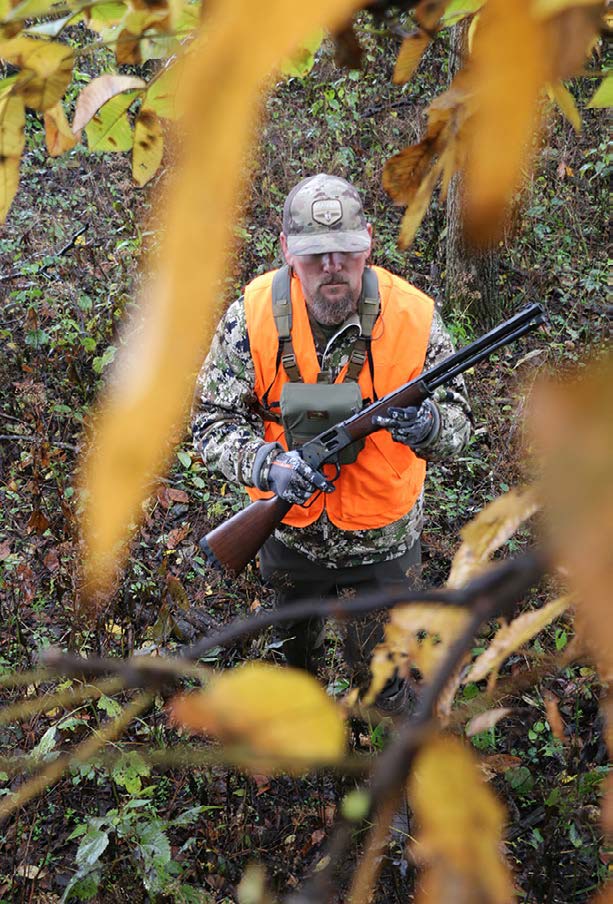
Step 3: Plan Your Route
Still hunting can be done on a whim without a plan. For best results though, you need to be precise and almost surgical in execution. This makes preparation essential.
Study the forecast for the day. Determine forecasted weather and wind directions. It’s also beneficial to plan your still hunting route based on where deer will be at certain times of the day. For example, still hunt along known feed-to-bed routes in the morning, and along the bed-to-feed routes in the evening. Midday still hunts should be focused more on thicker cover closer to bedding areas. Consider seasonal factors that influence where deer bed and feed, as well.
With the above information and goals in mind, study aerial and topo maps. Use the terrain to your advantage. Keep the wind in your face or, at worst, at a crosswind. Keep a wind checker handy in case conditions change. In hill country, expect stronger thermal influence.
And remember, low-to-moderate deer-density areas are often better suited for still hunting. Fewer eyes, ears, and noses to evade is a good thing.

Step 4: Use All Resources
Once in the field, use every available advantage and resource. Remember, cover is your friend. Stick to the shadows. Take routes that hide you visually, audibly, and in relation to scent.
Use the terrain to your advantage. When hunting along ridge lines, benches, and other sharp drop-offs, don’t walk down the edge of these. The worst thing you can do is constantly skyline yourself. Instead, zig-zag back and forth while peeking over the edges. You’re less likely to be picked off before seeing deer.
Also, take routes that allow you to utilize snow, mud, exposed soil, and other things that simultaneously enhance tracking efficiency and quiet your footfalls. Obviously, always use your senses, including your eyes, ears, and nose. Keep eyes up, ears open, and nose on guard.
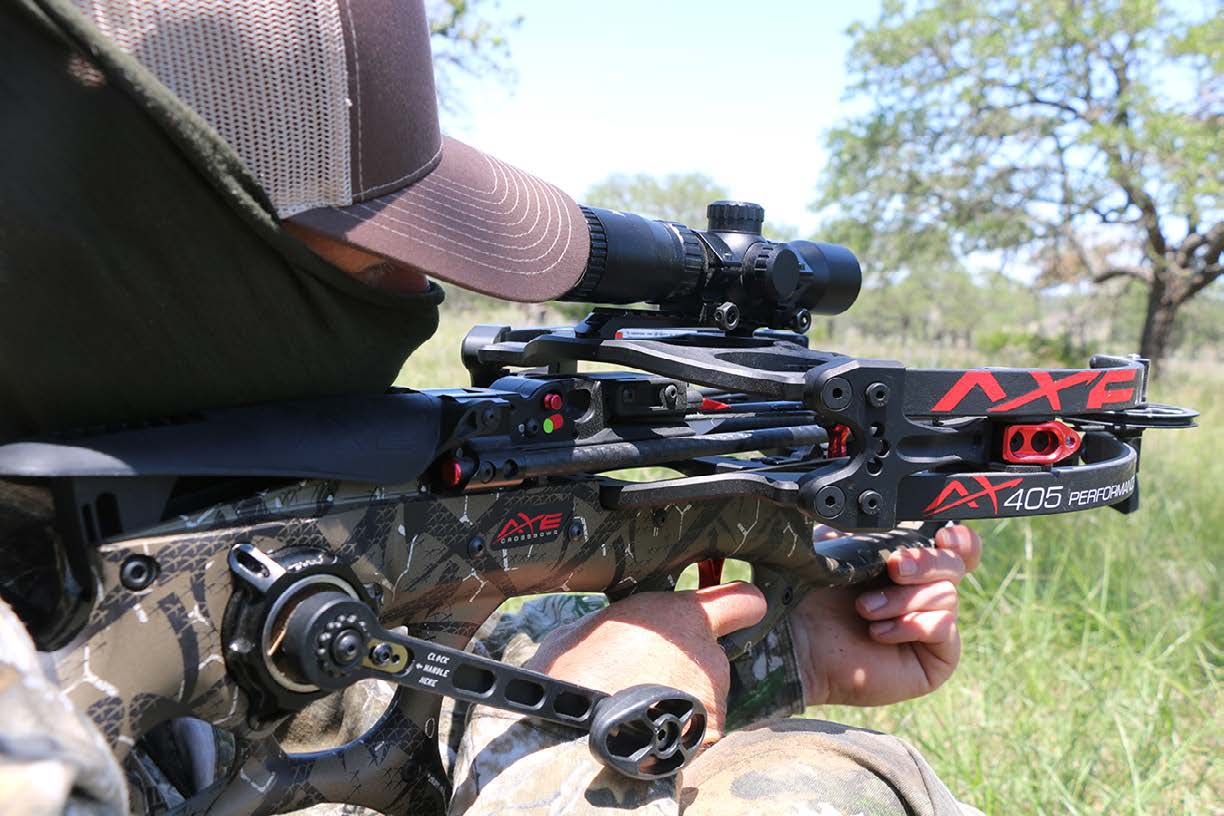
Honeycutt Creative photo
Step 5: Learn to Walk
Those who’ve never still hunted must re-learn to walk. Not literally, but figuratively. Your footwork is everything when sneaking through the timber. For starters, still hunting is largely what it sounds like—being still. You’re motionless more often than you’re in motion.
When you do move, it’s crucial to move in slow motion. Creep forward, then stop. Look down and plan your next foothold. Look back up while you’re in motion. Use your primary vision to scan for game as you move. Use your peripheral vision to place your lead foot in the predestined location.
As your front foot slowly falls, keep weight on your rear one. Then, carefully roll your front foot until all weight is on it. Repeat this process and take long pauses between steps. Don’t get in a rhythm.
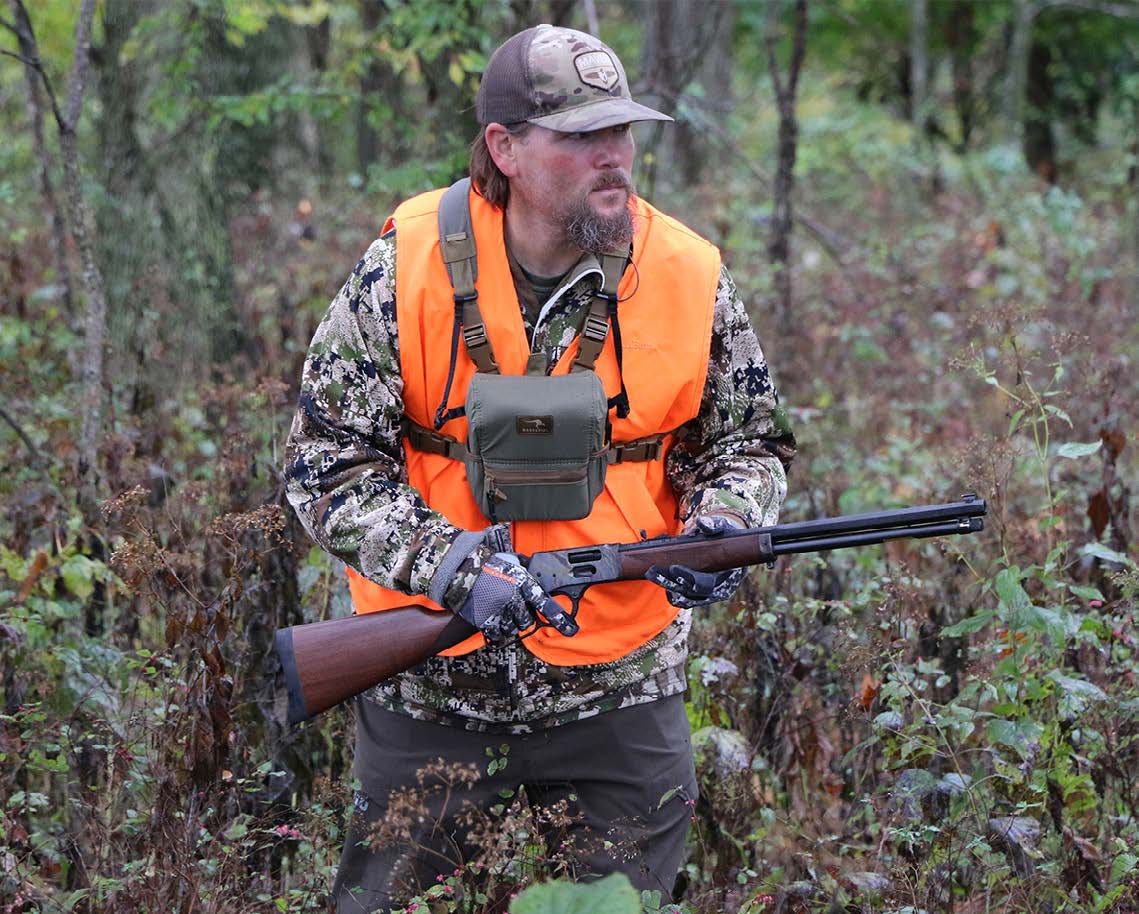
It’s good practice to use silent footholds, such as bare dirt, moss, rocks, logs, and wet leaves. Stay balanced while moving along your path. Try to be silent, but don’t sweat it when you make a sound. Simply take an extra-long pause in case you alerted nearby deer. Slowly scan your surroundings. If all is clear, continue along your path. Sometimes, it’s good to make sounds on purpose. It might even be the best option, depending on the situation. Don’t be afraid to make natural sounds. For example, if conditions are terrible and you can’t prevent the sound of crunchy leaves, walk the way non-threatening animals do. Use a walking stick to simulate a four-legged animal, such as a deer. Perhaps even keep a turkey call in your mouth, especially if mimicking the gait of a turkey.
Furthermore, use ambient noise to your advantage. Take steps when trucks, planes, and other noisy things are making a ruckus. This will serve as a distraction and help cover the sound of your own footsteps.
As weird as it might seem, despite the general need for slow movement, there are times to move more quickly. If you have the visual and audible cover and can move quickly ahead to get in position of a deer you spotted, it’s important to recognize these situations and capitalize.

Step 6: Expect Adaptation
It’s always important to have a plan, but these rarely go accordingly. More times than not, still hunters must read the situation and call necessary audibles. Of course, move slowly, focus, glass often, and keep your guard up. However, be ready to make a change, whatever it might be.
Obviously, most of the day, deer are bedded and relatively motionless. In this situation, they have the upper hand. Mature deer bed in locations that allow them to detect danger from a distance. So, look for small objects, such as an ear or tail.
When you inevitably see a deer, adapt to the situation you encounter. Don’t walk directly toward a deer unless you have ample cover. Instead, take angling routes toward targets until you’re in range.
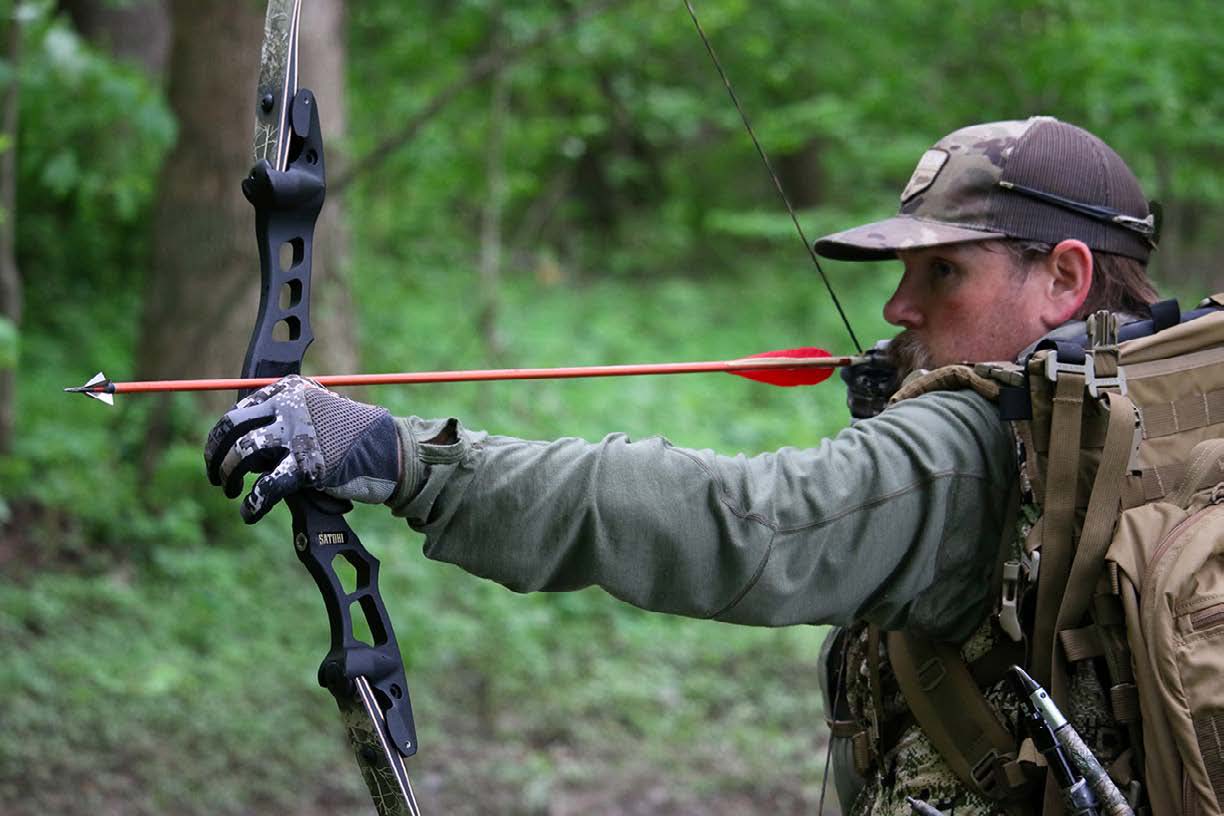
Step 7: Learn to Shoot
Taking the shot is another difficult aspect of still hunting. Sometimes your target is stationary. Other times, it’s on the move. Remember, take the shot you’re comfortable with. It’s crucial to take the first good opportunity you receive. This requires being able to think quickly on your feet and perhaps even shooting offhand. Practice possible scenarios before the hunt.
Overall, still hunt with a goal in mind. Set a distance and time limit, and don’t get there until that designated time. This will help you slow down and go at the appropriate speed. When possible, don’t finish until the end of legal light.
Other than that, have fun and stack some venison.
That’s what it’s mostly about, after all.
Per our affiliate disclosure, we may earn revenue from the products available on this page. To learn more about how we test gear, click here.



